
1 minute read
FLOOR COVERINGS
Carpet
A textile floor covering typically consisting of an upper layer of pile attached to a backing.
Cork
The bark of a cork oak tree which is ground into sheets that are used as tiles to create a floor covering.
Laminate
A multi-layer synthetic flooring which is fused together using a lamination process.
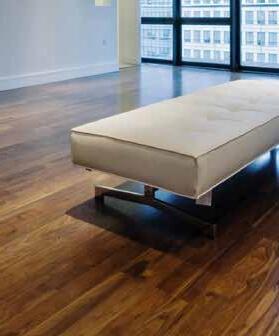
Raised Access Flooring
A raised surface providing an elevated structural floor above a solid substrate, creating a hidden void for the passage of mechanical and electrical services.
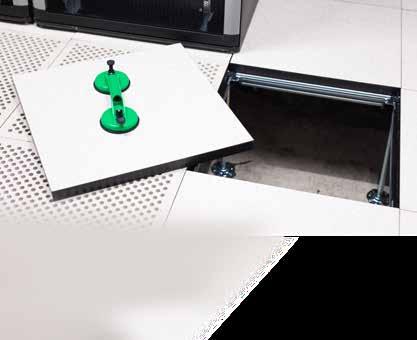
Resin
A hard wearing plastic surface, created by mixing together a selection of ingredients. The chemical reaction creates a highly durable finish. Resin is ideal for the heaviest of use areas.
LINOLEUM (LINO)
A floor covering made from materials including solidified linseed, pine rosin, ground cork dust, wood flour and mineral fillers such as calcium carbonate. A burlap or canvas backing is most commonly used.

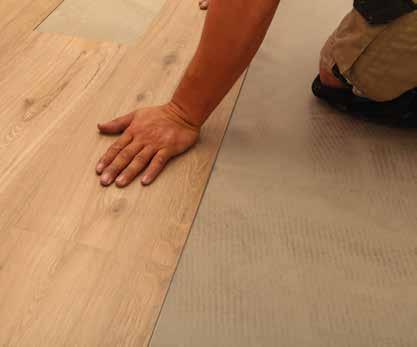

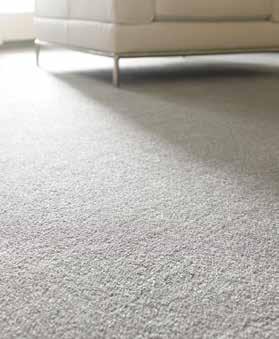
LVT (LUXURY VINYL TILE)
LVT is made of a series of layers including a photographic layer and the flooring’s primary component, PVC. The product offers a look of real wood or stone flooring.
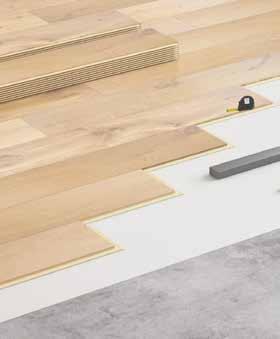
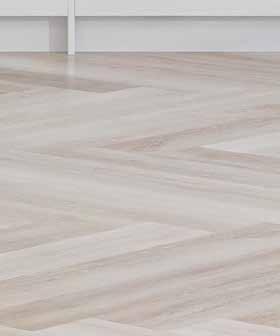
Rubber
Can be made from either natural tree rubber or from synthetic materials, including recycled vehicle tyres.
Tile
A hard wearing material such as ceramic, stone or glass available in various sizes and shapes.
Paint
Either a water or resin based decorative surface coating that offers a wear proof finish.
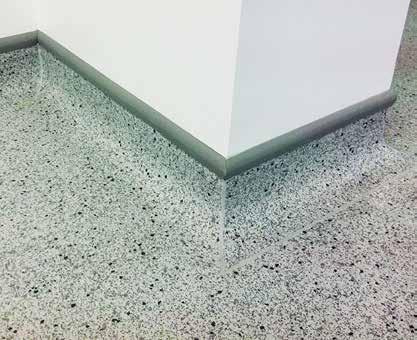
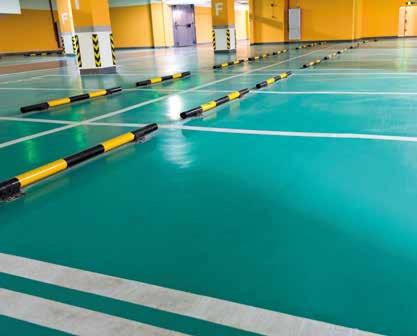
Parquet
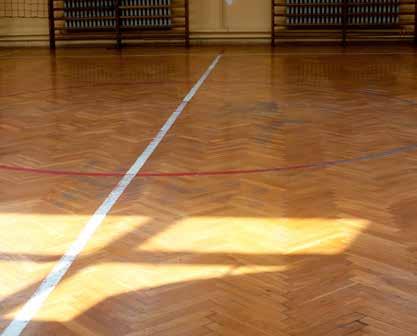
This floor covering is made of small blocks of timber that are usually adhered to the subfloor/ substrate using a bitumen adhesive. Parquet is often laid in a herringbone pattern.
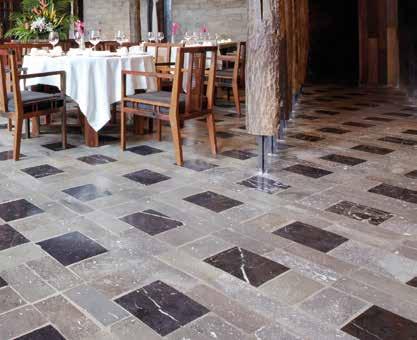
Vinyl
PVC chips are formed into solid sheets of different thicknesses by heat and pressure.
Solid Wood
Solid wood flooring planks milled from a single piece of timber.
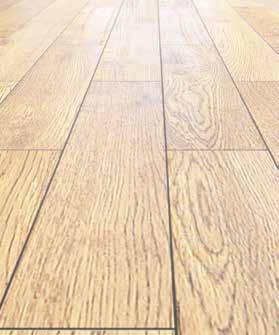
Engineered Wood
Engineered wood is man-made/manufactured.

